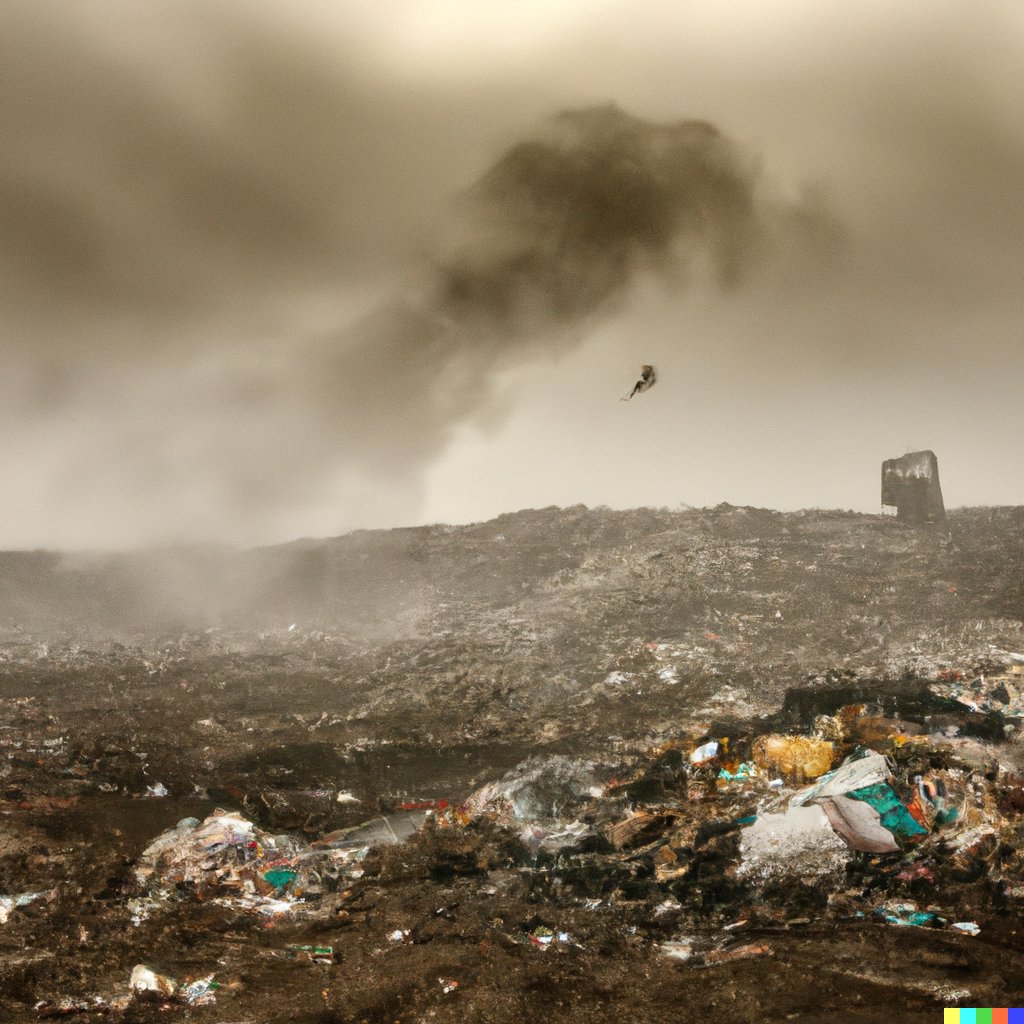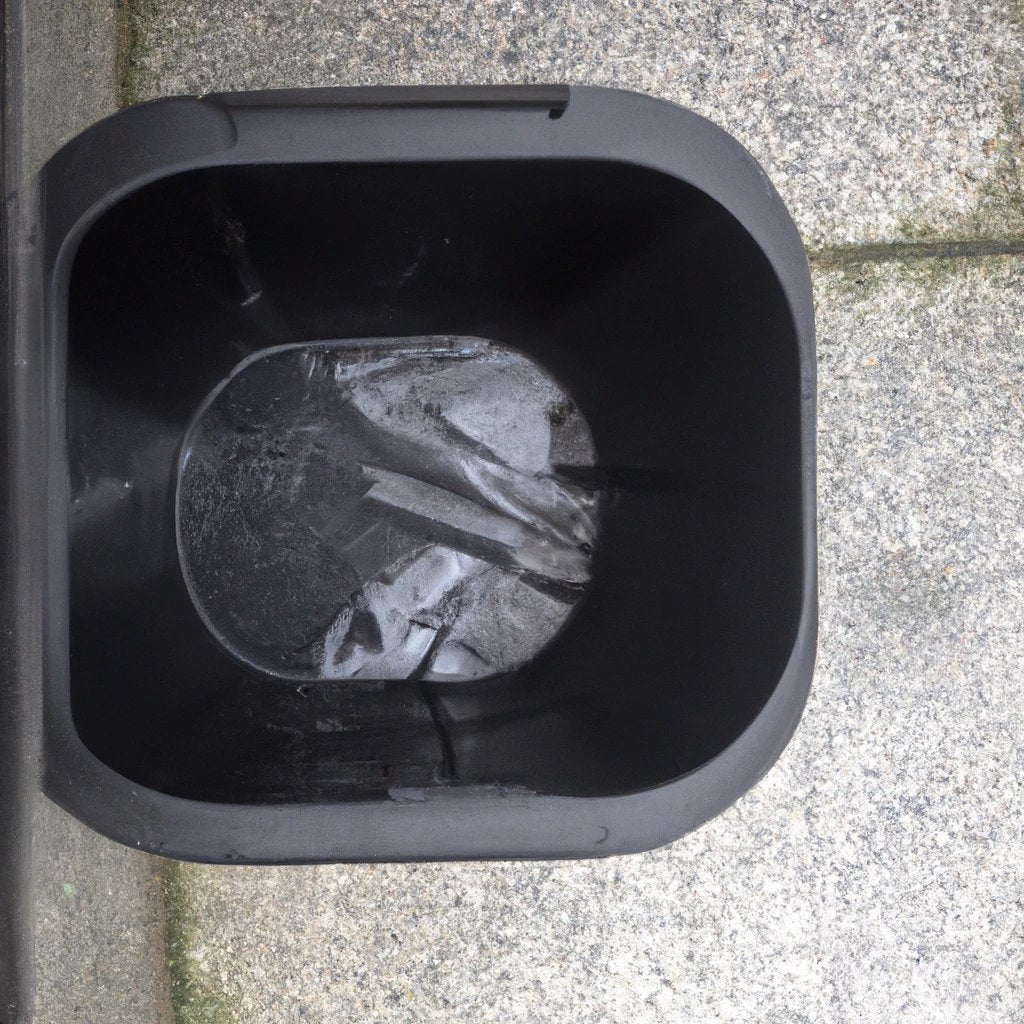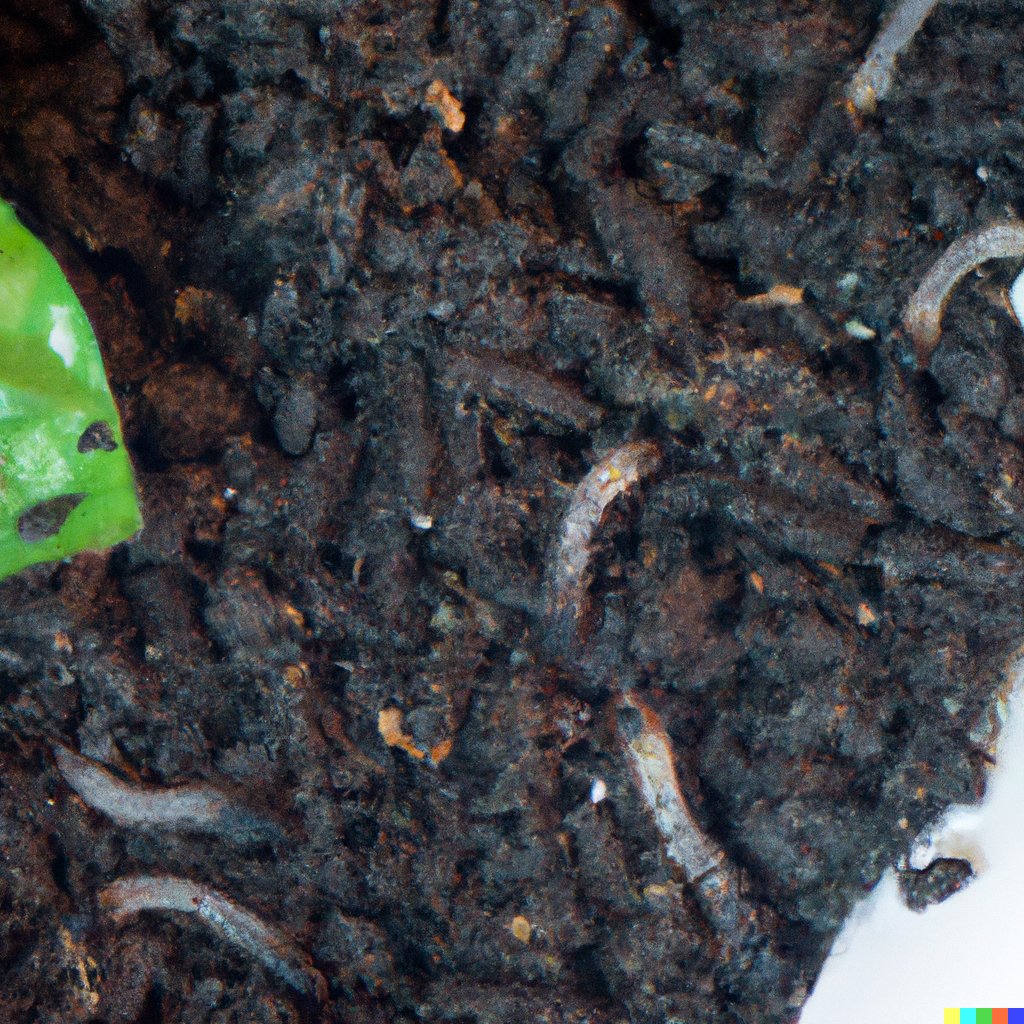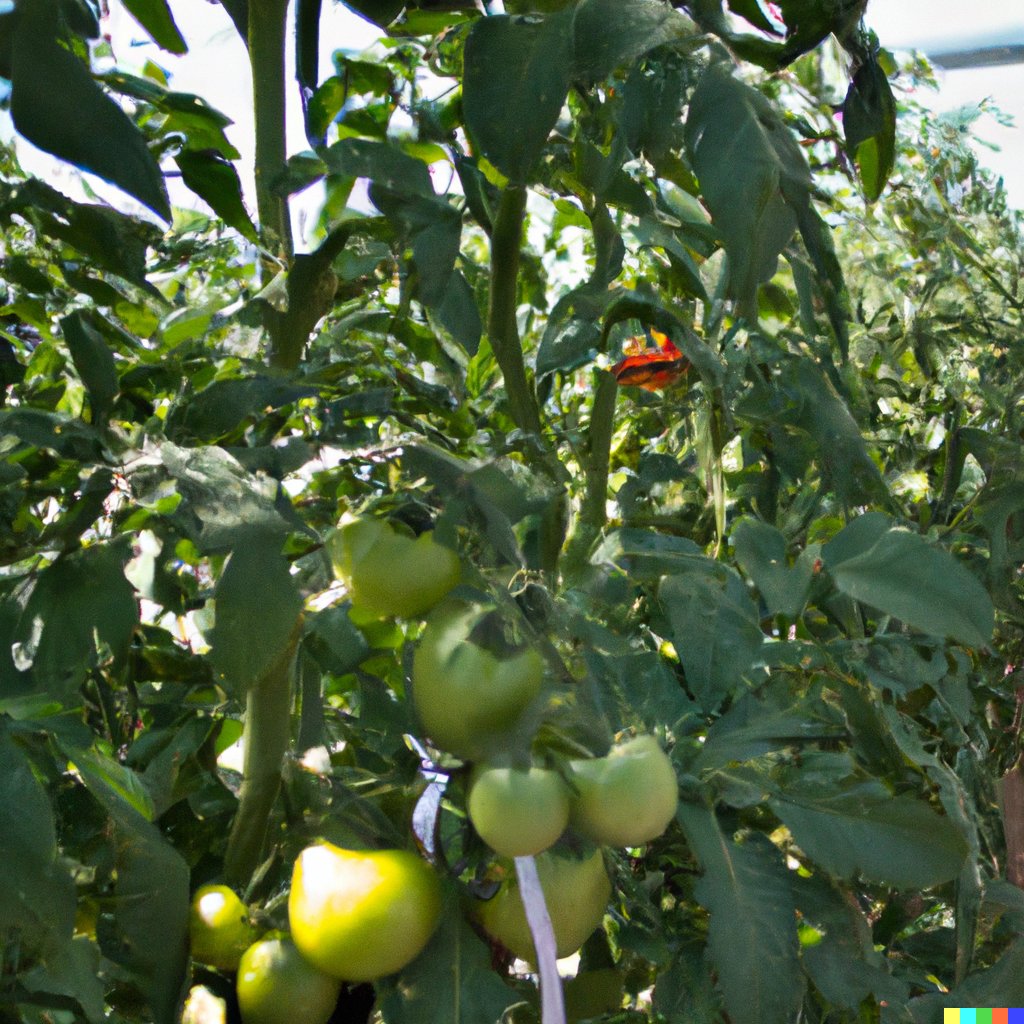
Once upon a time, in a bustling city, the streets were lined with trash bins overflowing with waste. The air was heavy with pollution, and the environment groaned under the burden of mankind's reckless consumption. Yet, amidst this chaos, a glimmer of hope shone through—the growing movement of sustainability. In this article, we embark on a journey to explore the intricate relationship between sustainability and waste, uncovering innovative solutions and real-life examples to create a greener and cleaner tomorrow.
Understanding the Mess: The Current State of Waste
Before we delve into the depths of sustainability, let's grasp the enormity of the waste crisis. In 2023, the world produces over 2 billion metric tons of municipal solid waste each year, equivalent to the weight of more than 7 million blue whales! Shocking, isn't it? But, brace yourself, as this number is predicted to rise even further.
The Toll on Our Environment
Waste poses a severe threat to our planet. From plastic bottles adrift in the oceans to toxic landfills leaching harmful chemicals, the consequences are grim. Marine life suffers from ingesting plastic debris, and deforestation increases as we churn through resources to manufacture goods. Our beautiful planet is paying the price for our unsustainable habits.
Championing Sustainability: A Game-Changer
At this juncture, the hero of our story emerges—sustainability. It's not just a buzzword; it's a crucial philosophy that aims to strike a harmonious balance between our needs and the well-being of the Earth. The key to success lies in the three pillars of sustainability: social, economic, and environmental.
A Brilliant Example: The Zero-Waste Store
Imagine a quaint little store tucked away in a corner of the city—a zero-waste store. This establishment encourages customers to bring their containers and purchase products in bulk. Here, you won't find plastic packaging or single-use items. Instead, a delightful array of grains, spices, and other everyday necessities awaits, sans the guilt of contributing to waste.
The Ripple Effect: A Win-Win Solution
Not only does the zero-waste store help reduce waste, but it also fosters a sense of community. Shoppers engage with each other, exchanging ideas and recipes for sustainable living. This social element strengthens the community bond, promoting sustainable practices beyond the store's walls.
Breaking Down Barriers: The Challenge of Sustainable Waste Management
While sustainability is a powerful ally, it faces numerous challenges in combating waste effectively. A significant obstacle is the linear economy—a "take, make, dispose" approach. Fortunately, a circular economy provides a beacon of hope.
Circular Economy: The Game-Changing Paradigm
In a circular economy, products and materials circulate in a closed loop, minimizing waste generation. Companies design products with recycling and reusability in mind, turning waste into valuable resources.
The Phoenix Rises: Upcycling in Fashion
Fashion, notorious for its wasteful practices, embraces upcycling—an innovative approach that turns discarded materials into high-quality fashion items. From pre-loved denim transformed into stylish jackets to leather scraps sewn into trendy bags, upcycling breathes new life into discarded materials.
Waste is not waste until wasted.
A Conscious Consumer: The Power Lies Within
As consumers, we hold the power to revolutionize the way we interact with products and waste. By making informed choices and supporting sustainable brands, we contribute to a brighter future.
Eco-Friendly Electronics: Closing the Loop
Electronics have become an integral part of our lives, but their disposal presents significant challenges. Sustainable electronics brands now offer repairable and upgradable devices, ensuring that precious metals and components are not lost to landfills. By investing in such products, we cast a vote for sustainability.
The Unusual Suspect: Sustainable Packaging
Picture this: you order a small electronic gadget online, and it arrives in an excessively large box filled with layers of plastic bubble wrap. Sustainable brands take a different approach, opting for eco-friendly packaging materials, right-sizing boxes, and minimizing waste.
The Government's Role: Policy Matters
While individual efforts play a crucial role, governmental policies set the stage for large-scale transformation. Let's take a look at a progressive city that's leading the charge.
Case Study: The Green City
In a bustling metropolis, a visionary mayor set out to create a green paradise. The city invested heavily in public transportation, reducing individual car usage and carbon emissions. Parks and green spaces flourished, absorbing carbon dioxide and providing a breath of fresh air. Recycling facilities dotted the landscape, making waste diversion a breeze for residents.
Empowering the Future: Education and Innovation
Education is the cornerstone of sustainable progress. Empowering the younger generation with environmental knowledge ensures a brighter future.
The Green Classroom: Cultivating Eco-Warriors
Imagine a classroom adorned with plants and eco-themed posters, where students actively participate in recycling projects and learn about renewable energy. This vision is becoming a reality in forward-thinking schools worldwide, cultivating a generation of eco-warriors determined to make a difference.
Frequently Asked Questions (FAQs)
-
What is sustainable waste? Sustainable waste refers to the concept of managing waste in a manner that aligns with the principles of sustainability. It involves reducing, reusing, recycling, and upcycling waste to minimize its negative impact on the environment, while also considering social and economic factors.
-
Why is sustainable waste important? Sustainable waste management is crucial to protect our planet and ensure a better future for generations to come. By reducing waste, we conserve resources, minimize pollution, and mitigate climate change, fostering a healthier and more sustainable world.
-
What are some real-life examples of sustainable waste practices? Several real-life examples demonstrate sustainable waste practices. Zero-waste stores that encourage customers to bring their containers, upcycling fashion brands that transform discarded materials into new products, and cities implementing efficient recycling systems are just a few examples.
-
How can individuals contribute to sustainable waste efforts? Individuals can make a significant impact by adopting sustainable habits such as reducing single-use plastic consumption, recycling diligently, supporting eco-friendly brands, and advocating for sustainable practices in their communities.
-
What is the circular economy, and how does it relate to sustainable waste? The circular economy is an economic system that aims to eliminate waste and keep resources in use for as long as possible. It aligns perfectly with sustainability waste management by promoting the reuse, repair, and recycling of products, thus minimizing waste generation.
-
Are sustainable products more expensive? While some sustainable products may have a higher upfront cost, their long-term benefits often outweigh the initial investment. Sustainable products often last longer and have a lower environmental impact, making them a wise choice for conscious consumers.
-
How can governments promote sustainable waste practices? Governments play a critical role in fostering sustainable waste practices. They can implement policies and regulations that incentivize businesses to adopt sustainable practices, invest in recycling infrastructure, promote eco-friendly transportation options, and integrate sustainability education into the curriculum.
-
What role does education play in sustainable waste efforts? Education is essential in creating a sustainable mindset among individuals and communities. By teaching environmental awareness, sustainable practices, and the importance of waste management, we can empower the younger generation to become proactive stewards of the environment.
-
How can businesses contribute to sustainable waste goals? Businesses can contribute by embracing sustainable practices throughout their supply chains. This includes using eco-friendly materials, reducing packaging waste, implementing efficient recycling systems, and prioritizing responsible waste disposal.
-
What are some innovative solutions for tackling sustainable waste challenges? Innovative solutions for sustainability waste challenges include the development of decentralized waste management, biodegradable materials, advancements in waste-to-energy technologies, and the utilization of artificial intelligence to optimize recycling processes.
Conclusion: Uniting for a Sustainable Tomorrow
As our journey comes to a close, we must remember that sustainability and waste are inseparable dance partners. By embracing sustainability in all aspects of our lives, from individual choices to governmental policies, we can create a greener and cleaner world. So, let us stand together, hand in hand, and embark on this mission for a sustainable tomorrow. Our planet, our future—it's in our hands.
Remember, every small action counts towards building a more sustainable future. By joining the sustainability waste movement, you become part of the positive change our world desperately needs. Let's work together to make a difference!














